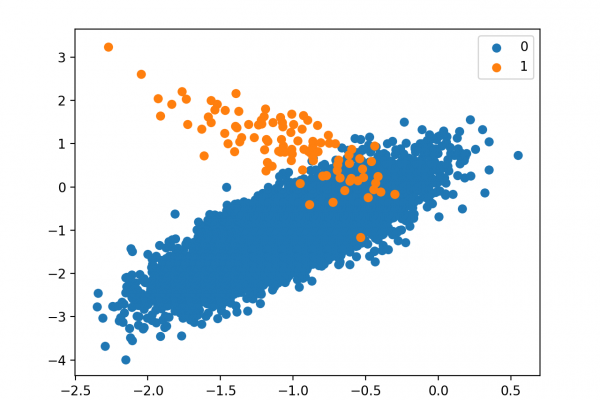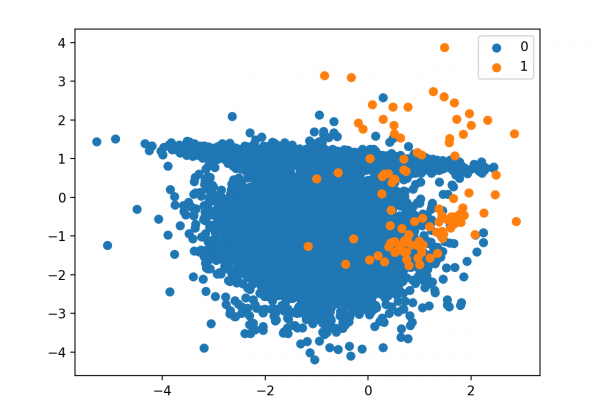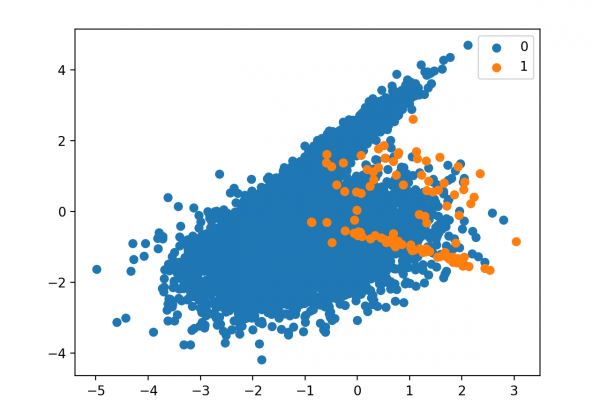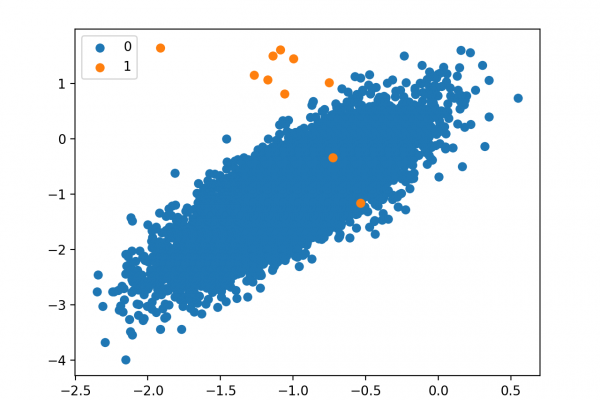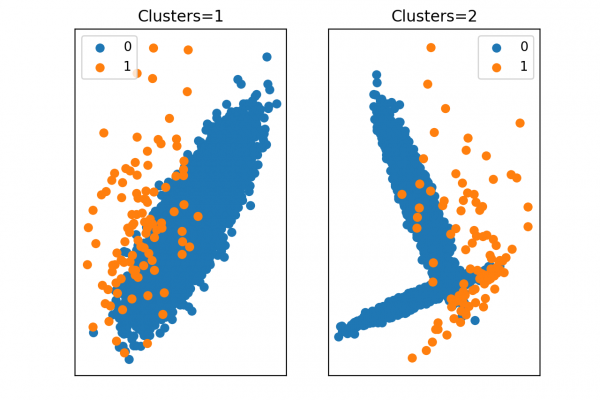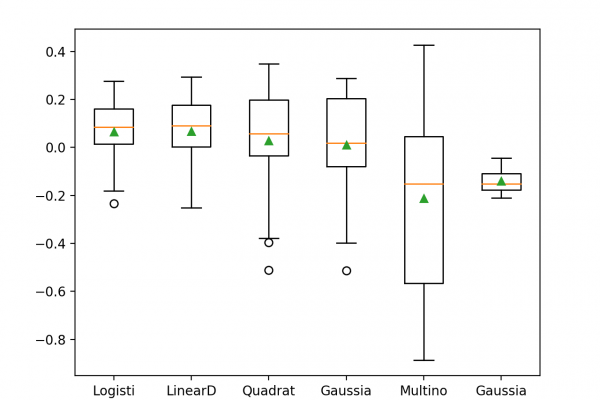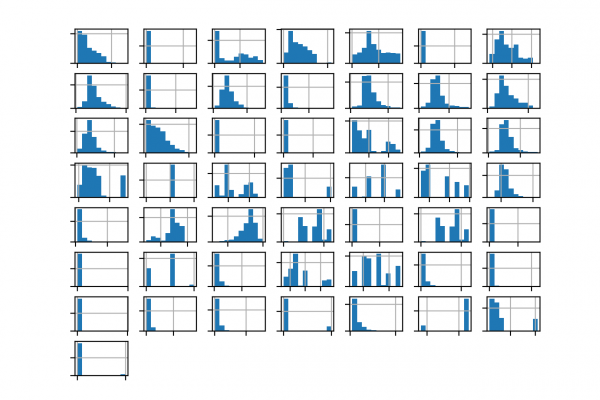Cost-Sensitive SVM for Imbalanced Classification
Last Updated on August 21, 2020 The Support Vector Machine algorithm is effective for balanced classification, although it does not perform well on imbalanced datasets. The SVM algorithm finds a hyperplane decision boundary that best splits the examples into two classes. The split is made soft through the use of a margin that allows some points to be misclassified. By default, this margin favors the majority class on imbalanced datasets, although it can be updated to take the importance of […]
Read more